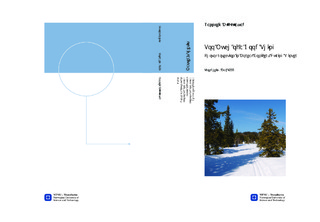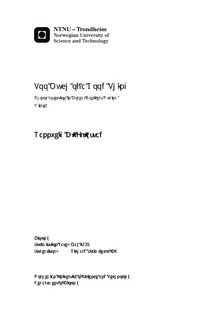| dc.description.abstract | Photochemical utilization of light energy is inhibited in boreal conifers during winter and spring because the carbon fixation reactions slow down due to low temperature. Incoming light can be very strong due to reflection from the snow cover. This constitutes a considerable physiological stress to the plant and excess energy must be dissipated as heat through non-photochemical quenching (NPQ) to avoid damage. The effects of light, temperature and ecological adaptions on NPQ that remains active day and night, termed sustained NPQ, were investigated in this study. Current-year shoots from four species of Picea were exposed in growth chambers to combinations of high and low light (200/80 μmol m-2 s-1) and high and low temperature (10/0 °C) in a 2×2×4 factorial experiment. Maximum photochemical efficiency of photosystem II (Fv/Fm) was measured pre-dawn using chlorophyll fluorimetry. A mixed effects model was fitted, which showed that high light and low temperature caused strong reduction in Fv/Fm. This indicated sustained non-photochemical quenching. The effect of light was stronger at low temperature. P. sitchensis showed the most flexible response to changes in light and temperature. This is probably a beneficial adaption in an oceanic climate, where mild periods allow photosynthesis during winter. A similar recovery experiment where the shoots were brought to room temperature before measurement confirmed that it was principally ΔpH-independent sustained NPQ that was observed in the main experiment. It was hypothesized that light stress in combination with low temperature is the cause of the chlorotic foliage observed in conifers in spring. Color analyses were done by pixel count in images of the samples. No sign of winter chlorosis was found. Violaxanthin-levels, measured using HPLC, were lower for high-stress treatments, indicating participation of the xanthophyll cycle in sustained NPQ. No differences in expression of the protein PsbS between the treatments were found. This is supportive for the hypothesis that even if PsbS is involved in rapidly reversible NPQ, it is not involved in the sustained form of NPQ. | nb_NO |

